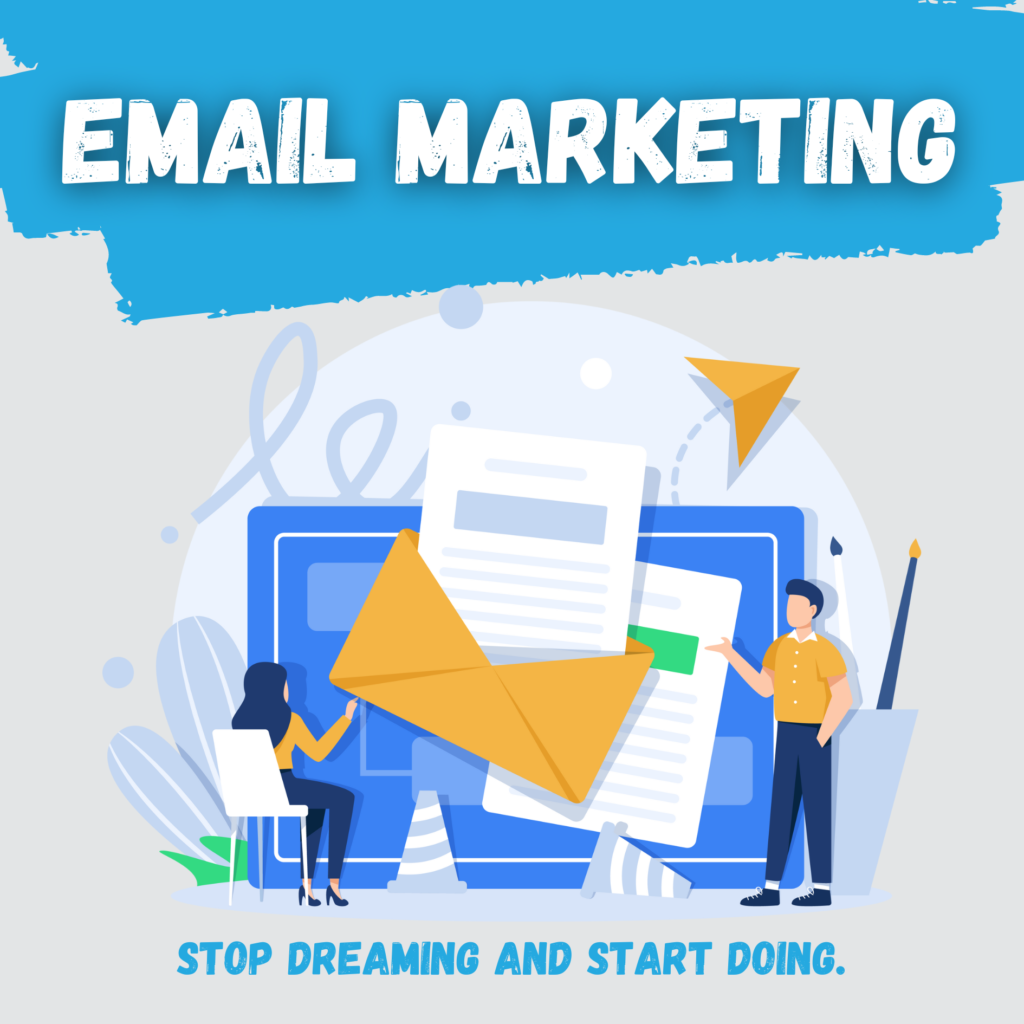While Google dominates the search engine landscape, Bing’s growing market share (over 8% globally) and integration with Microsoft products like Windows and Office make it a critical platform for SEO. Optimizing for Bing can unlock untapped traffic, enhance brand visibility, and diversify your search strategy. In this guide, we’ll explore proven tactics to master SEO with Bing while adhering to the latest guidelines.
What you need to know about BING SEO
Why Bing SEO Matters
Bing isn’t just a “secondary” search engine. It is a powerhouse for reaching unique audiences. With over 1 billion monthly users through partnerships with Yahoo, AOL, and Microsoft Edge, Bing offers opportunities often overlooked by marketers. Here’s why it deserves your attention:
- Diverse Audience: Powers Yahoo, AOL, and Microsoft Edge.
- Lower Competition : Fewer businesses optimize for Bing, giving you an edge.
- High-Intent Traffic: Users often convert faster in niches like finance and healthcare.
Key Differences Between Bing and Google SEO
Bing’s algorithm operates differently from Google’s, prioritizing distinct ranking factors. Understanding these nuances is key to crafting a winning strategy:
Exact-Match Keywords
Bing rewards precise keyword placement in titles, headers, and content.
Social Signals
Active social profiles and shares can influence rankings.
Meta Tags
Heavily relies on meta descriptions and title tags.
Domain Age
Older, authoritative domains often perform better.
Bing SEO Best Practices
Here are some best practices to follow when using bing SEO.
Keyword Optimization
Bing’s focus on exact-match keywords means precision is critical. Align your content with user intent using these tips:
- Use primary keywords in page titles, H1 tags, and the first 100 words.
- Target long-tail queries (e.g., “best SEO tools for Bing”).
- Leverage Bing Keyword Planner for low-competition keywords.
Technical SEO for Bing
Technical health is non-negotiable for Bing rankings. Prioritize these steps:
- Submit your site to Bing Webmaster Tools to monitor performance.
- Optimize site speed by compressing images and enabling caching.
- Maintain updated XML sitemaps for efficient crawling.
Content Quality
Bing favors clear, engaging content that answers queries directly. Optimize with:
- Short paragraphs, bullet points, and subheadings for readability.
- Multimedia like images, videos, and infographics (with alt text).
- Regular updates to signal freshness and relevance.
Backlinks and Authority
Backlinks remain vital, but Bing emphasizes quality over quantity. Focus on:
- Earning links from trusted .edu, .gov, and industry-relevant sites.
- Avoiding spammy link-building tactics (Bing penalizes harshly).
Local SEO
Local businesses can thrive on Bing with these steps:
- Claim and optimize your Bing Places for Business listing.
- Embed Bing Maps for “near me” search visibility.
Top Bing SEO Tools
Streamline your optimization efforts with these tools:
- Bing Webmaster Tools: Track rankings, crawl stats, and security.
- SEMrush: Analyze competitors’ Bing strategies.
- SEObility: Audit technical SEO specifically for Bing.
Common Bing SEO Mistakes to Avoid
Avoid these pitfalls to stay on Bing’s good side:
- Skipping meta tags and image alt text.
- Ignoring mobile optimization (Bing uses mobile-first indexing).
- Hosting duplicate or thin content.
Conclusion
Bing SEO is a powerful yet underutilized strategy to diversify traffic and capture high-value audiences. By aligning with Bing’s unique algorithms, leveraging its Webmaster Tools, and creating keyword-rich, authoritative content, you can secure top rankings and drive sustainable growth.
If you’re ready to leverage the full power of Bing SEO, let’s talk. Contact us today for a personalized consultation and discover how to turn raw data into actionable growth.


